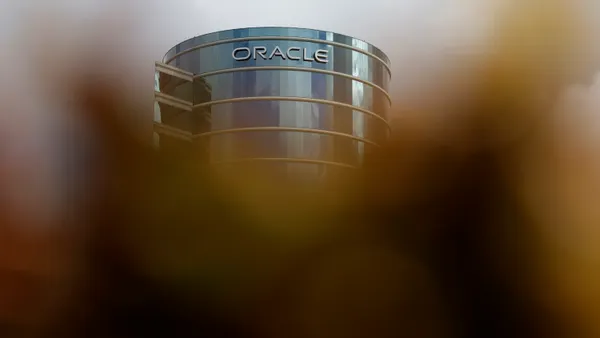Dive Brief:
- The serverless computing market is expected to reach $7.7 billion in the next three years, and the top cloud providers are competing head on. Amazon Web Service's Lambda serverless computing platform hit the market in April 2015 and was followed by Microsoft Azure's Functions counterpart in November 2016. AWS Lambda retains a 58% lead as platform of choice, according to a CB Insights report.
- Of the three, Google is the more recent cloud and serverless entrant. Google Cloud Platform's serverless platform Cloud Functions became generally available in July 2018 and has benefited from a quick rise in popularity, surpassing Azure Functions as platform of choice 23% to 10%.
- Just three months in, GCP's quick upward trajectory in serverless computing demonstrates that it could "have a shot at taking on Amazon in this new cloud computing segment," according to CB Insights. GCP is "playing the long game" with emerging technologies, a strategy that has pushed its competitors to match prices and refocus on IP and M&A for a competitive advantage.
Dive Insight:
Serverless computing is the ability to pay just for the resources an individual application needs instead of paying for set blocks of storage and computing capacity. It is part of the larger segment of cloud computing services, a segment that also includes container services and virtual servers.
In the compute services space, Google has been growing more rapidly than its two largest competitors. However, because Google is on a smaller scale of business, reaching these high growth rates is easier, according to John Dinsdale, chief analyst and managing director at Synergy Research Group, in a email to CIO Dive.
As the baseline scale of Azure and Google Cloud Platform grows larger, these high growth rates will start to decline, he said. AWS continues to lead both competitors by an "exceedingly wide margin," and even with their high growth rates its own market share has held steady.












